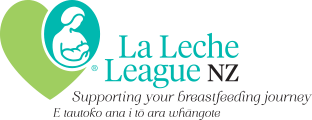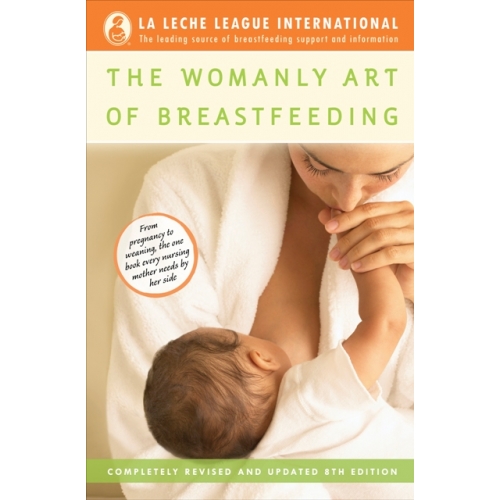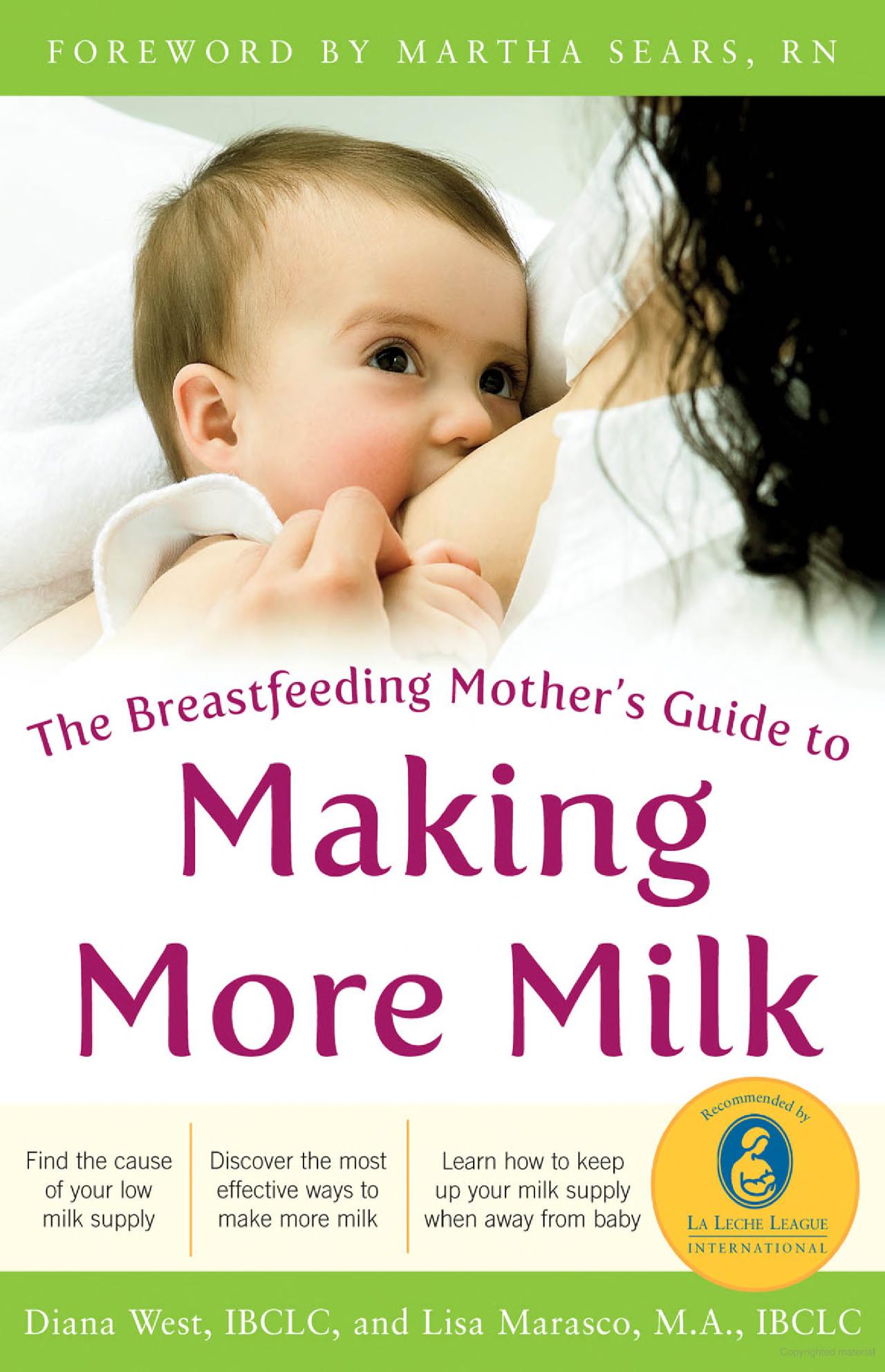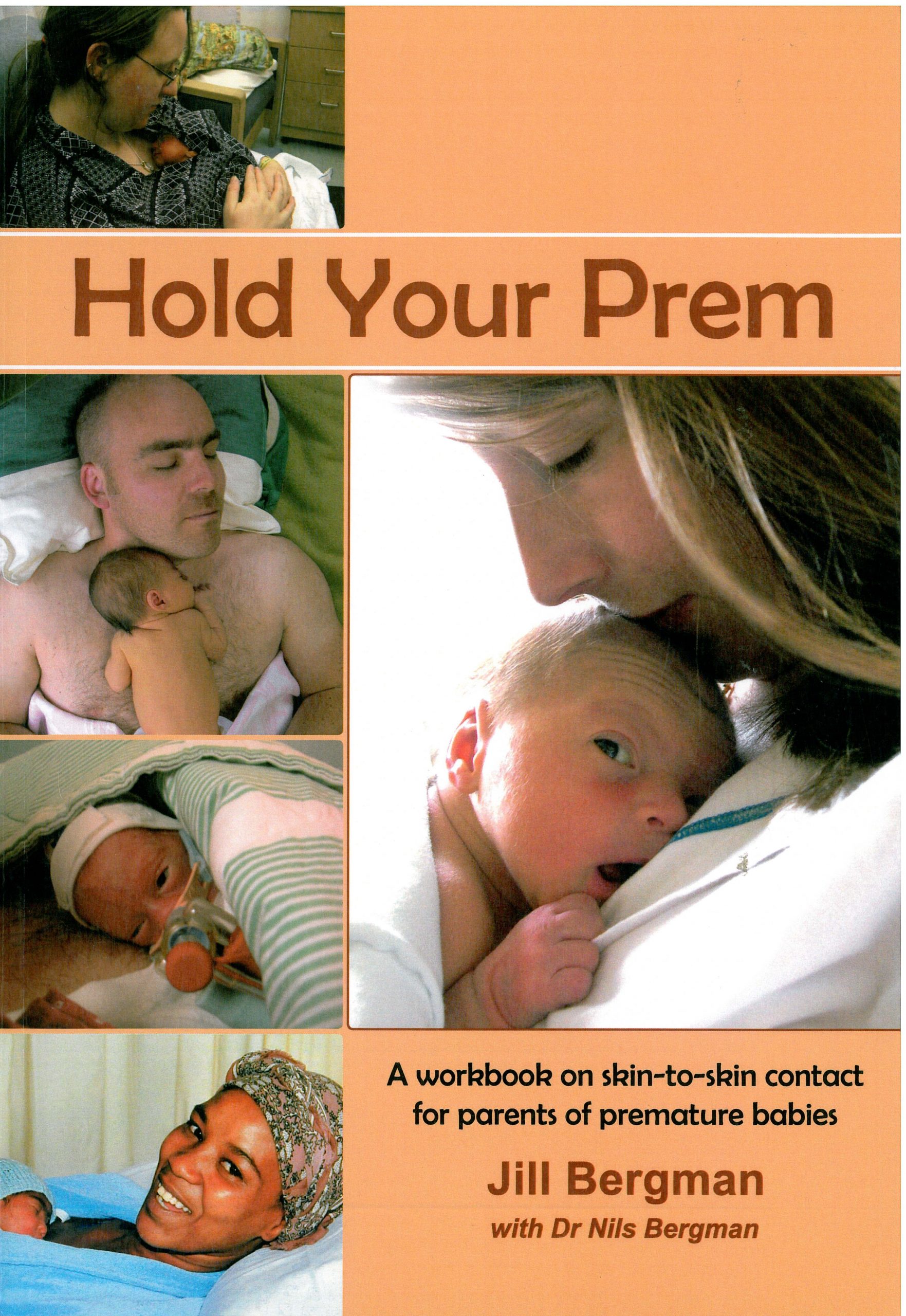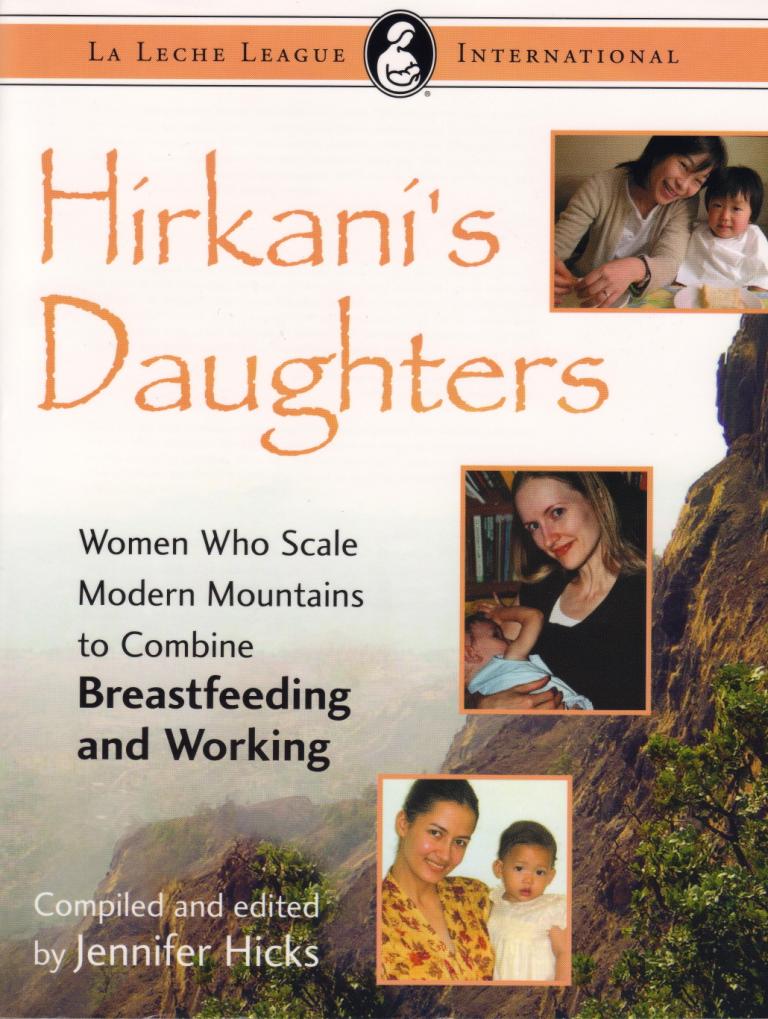Book Review- Safe Infant Sleep: Expert Answers to Your Co-sleeping Questions

Author: James J McKenna
Publisher: Platypus Media, USA, 2020
Reviewers: Sarah Hudson & Katie Fourie
Sharing a sleep surface with your baby is, and has been, the biologically normal way for babies to sleep. In this book, Dr James McKenna introduces the term ‘breastsleeping’ and puts together decades of research on parent-infant sleep. With a background in biological anthropology Dr McKenna explains the biological basis for human infants to need to be in constant physical proximity with a carer and how this conflicts with the values of Westernised societies which has historically promoted independence at all costs. He shares his observations of the impact of cultural ideology on public health messaging and highlights the issues around the interpretation of the research. While acknowledging that “no sleeping arrangement guarantees full protection” McKenna reassures new parents that elective bedsharing (as opposed to unplanned or ‘chaotic’ as he puts it) is the safest form of bedsharing. McKenna also notes that regardless of how an infant is fed, whether breastfed, mixed fed or formula fed, parents and infants benefit emotionally, physically, and psychologically from remaining in close proximity throughout the day and night.
The book is broken into short chapters some of which, e.g. when explaining very specific research technicalities, can be a little heavy going at times. It is written in a conversational tone with his own experience of navigating this area as a parent trying to reconcile his academic knowledge, his intuition as a parent, and the conflicting messages he received from health professionals along the way. He includes a series of schematics and diagrams that make seemingly abstract concepts easy to understand. The book is well-referenced and there is a section full of resources and further reading for those who are interested in learning more. There is also an appendix of anti-bedsharing campaign posters which were absolutely heart-breaking to look at.
Safe Infant Sleep is a must read for all parents and anyone working with families with young children. It contains essential information that will help to counter the multitude of sleep books that lead new parents to doubt their intuition. It aligns well with the La Leche League philosophies and indeed, provides a scientific basis for parental behaviour promoting breastfeeding and loving parenting during the night as well as the day. We highly recommend this book for group libraries.
Compiled by Katie Fourie, BRC 2021.
